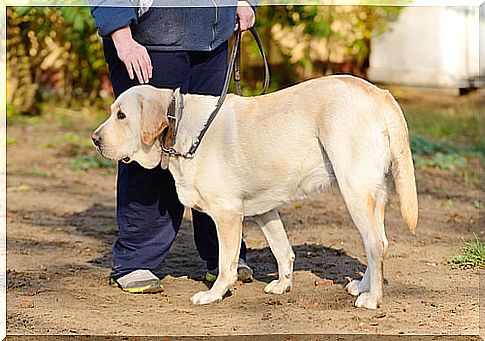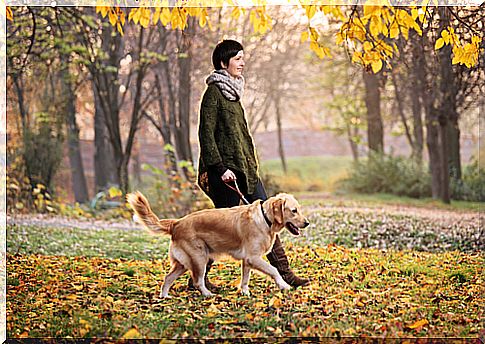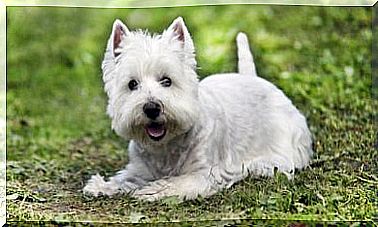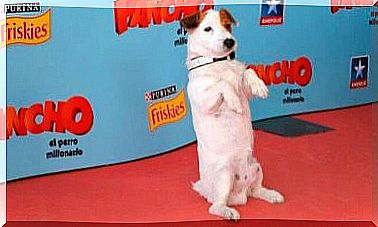How To Prevent The Dog From Pulling The Leash

Surely we have all seen at least once a dog who, while walking with his owner, pulls the leash so hard that it seems to be about to make the owner fall to the ground. These shots come from wrong dog training, which is why it’s rare to see a child or an elderly person walking their pet.
This phenomenon can cause walks, an activity that in itself would be fun, positive and cheerful, turn into a situation of discomfort for both. If you want to take your dog out in a relaxed way and without sudden jerks, you will find below the information that is right for you.
Advice before taking him for a walk

Remember that training a dog will take time, patience, affection and perseverance. It is extremely important that education begins when the dog is a puppy, in fact already at 4 months of life it can be taught some basic rules.
When starting to train, use simple language, with clear words and formulating orders firmly, without hesitation. It is also very important to help yourself with body language.
It is essential that each member of the family participate in his or her education and training, and that everyone agrees to apply the same words to give orders.
Walk correctly

The time has come to teach your dog not to pull on the leash on walks. The first thing to do is to choose a suitable leash for your pet. On the market there are various models, materials and sizes; it’s important that it fits snugly around his neck and feels comfortable.
It is advisable to try the leash first at home, making sure that it gradually gets used to its presence, especially if it is a puppy. You can leave it for him to smell, letting him know it’s for him and will be used to take him out of the house.
Once you have made him wear the leash at home you can finally take him for a walk, explaining that he will have to behave well. Even if it sounds ridiculous, it is good to talk to pets to make them understand your intentions.
Once in the street, place the dog on one side of your body, for example on your left, and ask him to sit down using a steady voice and saying the word you have designated for this order, for example “sit”. If he obeys you, give him a reward or simply show him that he did it very well.
Then start walking and let him understand that he must stay close to you without pulling. If your dog moves forward, you will need to stop and pull on the leash slightly until the dog is back to your left. Once you both have regained the starting position, you can resume the march. Don’t forget to stop every time he pulls the leash or cuts your way.
Whenever you manage to get your dog to walk next to you without pulling and without getting in your way, remember to reward him and let him know that he is behaving well.
Of course, you will not get these results on the first day, but you will see that over time it will improve and progress in training, so never throw in the towel. The changes will take place progressively, and once he learns to walk alongside you without pulling the leash, you can teach him other orders how to make turns.
Don’t forget the importance of always having a positive attitude, to get your dog to associate walking with something positive. Avoid yelling at him and obviously never hit him, otherwise he won’t understand: it is preferable to use positive reinforcement through rewards and rewards when he does what you ask him to do.
If you can make your pet walk with peace of mind, the walks can be transformed into the moment of the day preferred by both of you. Remember that walking the dog is not only good for him, but also for you.









